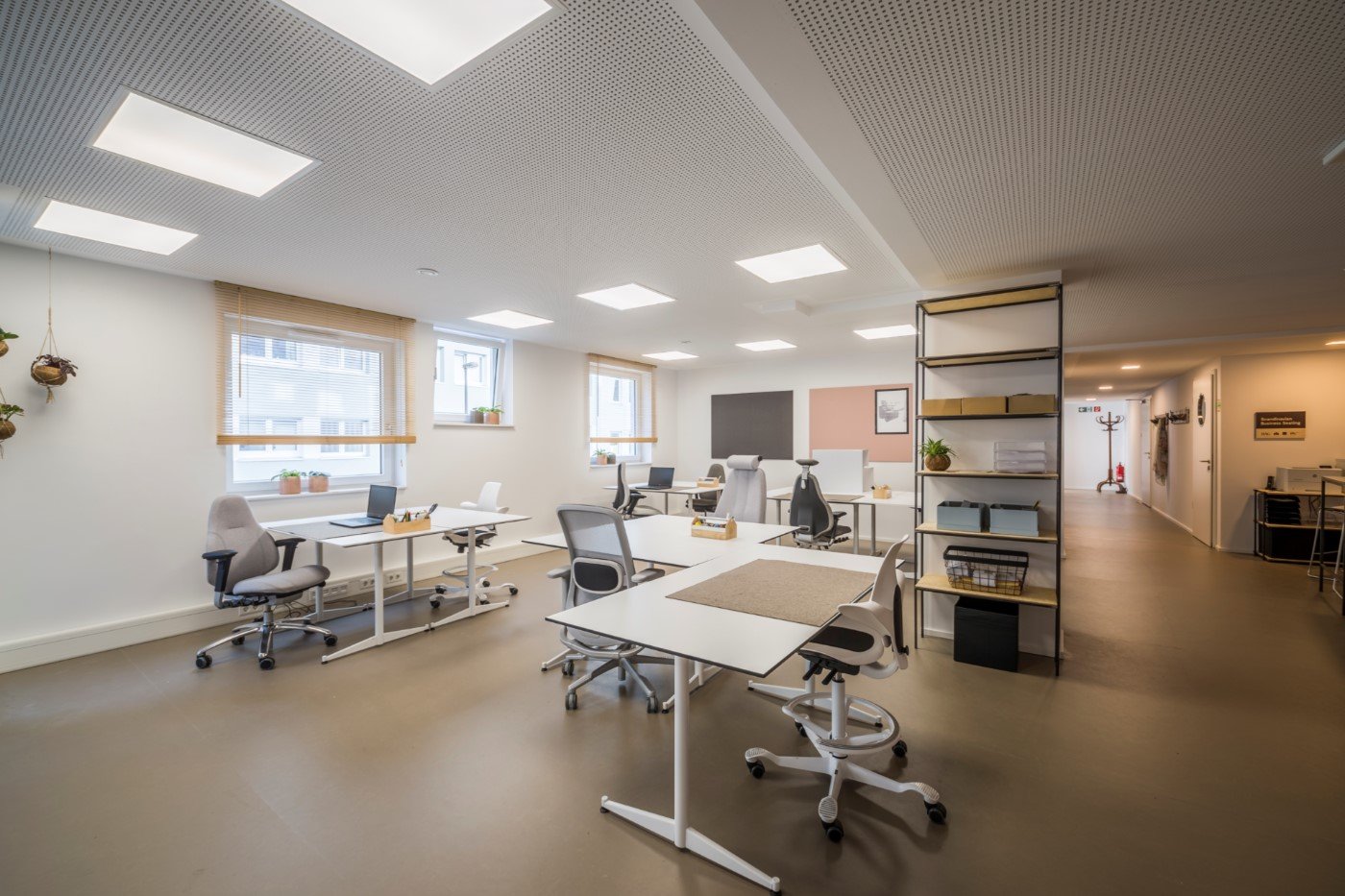
Designing the perfect co-working environment
A complete guide to getting your co-work office off the ground, featuring design tips, layout ideas and inspirational examples.
- Design
- Advice & Guidance
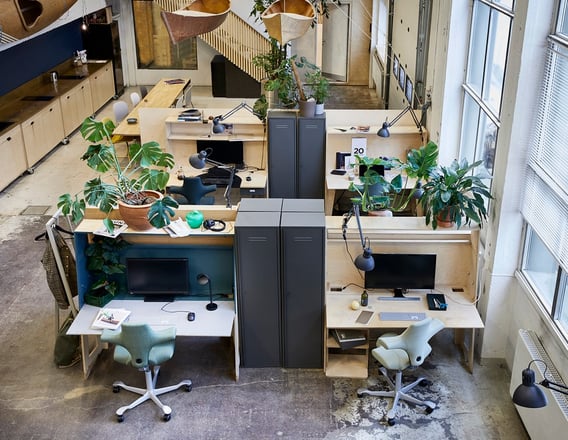
What is co-working?
A co-work space is a shared working environment where people work, network, share ideas and collaborate on projects. Freelancers, start-ups and multinational employees alike are regular users of these spaces, with many workers rejecting typical working conditions for more comfort, flexibility and a different working experience.
They are ideal for people who have to travel frequently, new companies who are not ready to rent (or buy!) a permanent office, or for anyone interested in finding a creative and contemporary place to work from. How a co-working space is designed and furnished is fundamental, as it is these aspects which create the conditions which make co-work environments attractive in the first place.
Since the phrase was coined in 2006, co-working spaces have sprung up across the globe at an unprecedented rate. There are approximately 35,000 co-working offices around the world, and demand is growing at an average of 10-15% a year across all regions. In 2019, the global market value of flexible workspaces was estimated at an approximate $26 billion.
There are myriad reasons behind this trend, and understanding why people are migrating from more traditional settings will be an important element to consider when designing a co-work space.
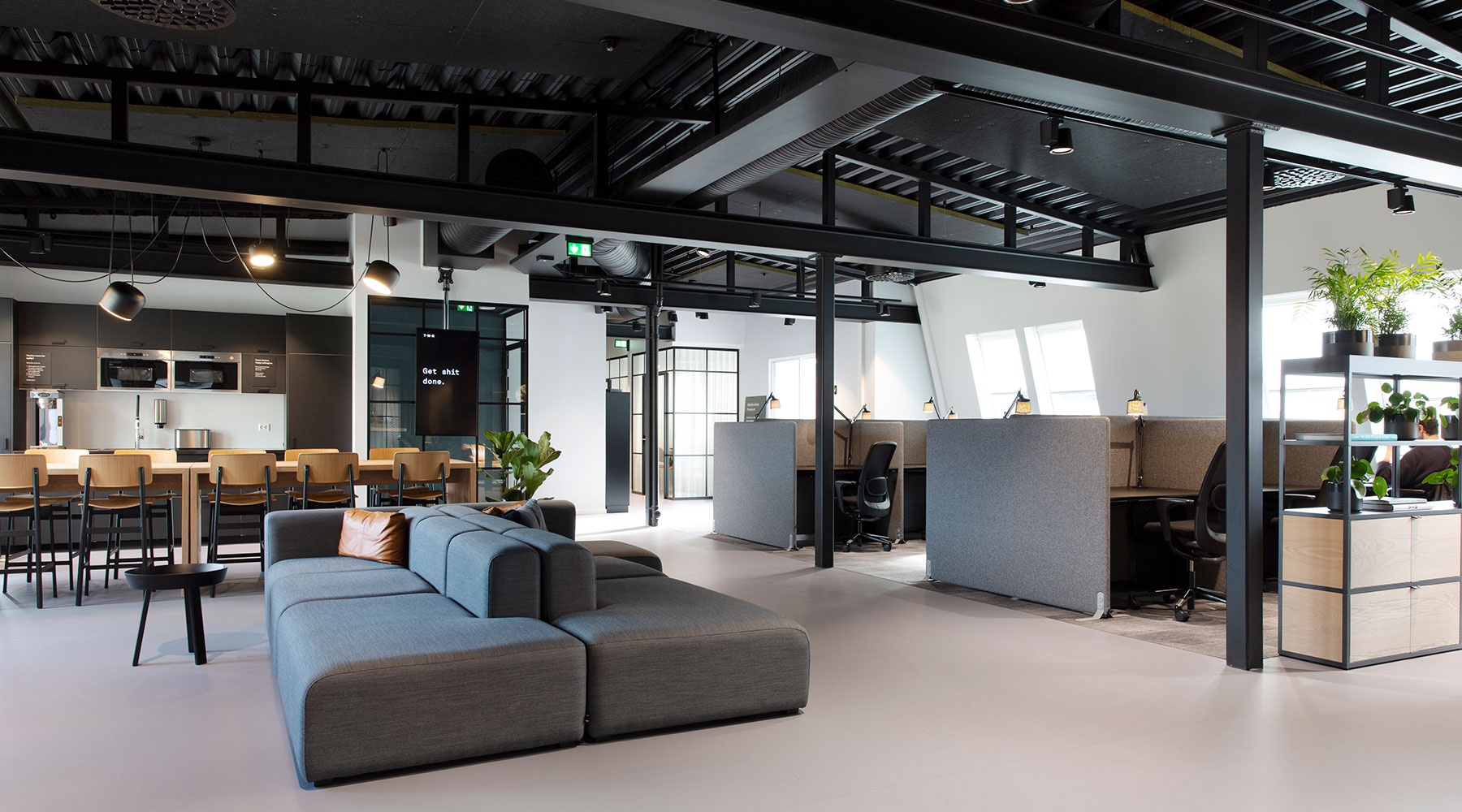
Flexibility
The desire for a more flexible work life is a major driving force behind the unstoppable rise of co-working and advancements in technology mean that remote working is now a real possibility for huge swathes of the population. This flexibility is also extended to the workplace itself, with people looking for multi-environment settings and the ability to relocate depending on what tasks they are working on. Co-work spaces should also be flexible because you never know who your tenants may be, and what they require. Having the ability to sculpt environments to their needs will make your office that much more attractive.
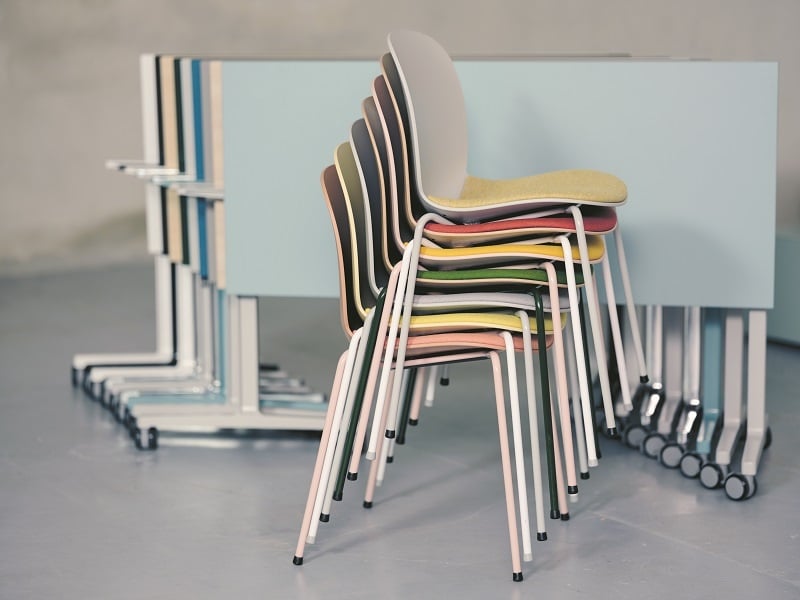
Design Tips:
1. Zone it: Co-work environments should be made up of a variety of zones for different tasks. Individual focused work, meetings, telephone conversations and collaborative joint work are just a few of the many ways people work. Ensuring your workspace is flexible enough to cater for all these needs is a must.
2. Whilst workers want different zones for different activities, two things are always a must – power & WiFi. Ensure your space has plenty of power sockets, and Wireless internet connections available in every corner of the building.
3. Flexibility also extends to furniture & fittings. Retractable walls, wheeled tables and versatile chairs will help make the most of your space, and allow people to adapt the spaces to their needs too.
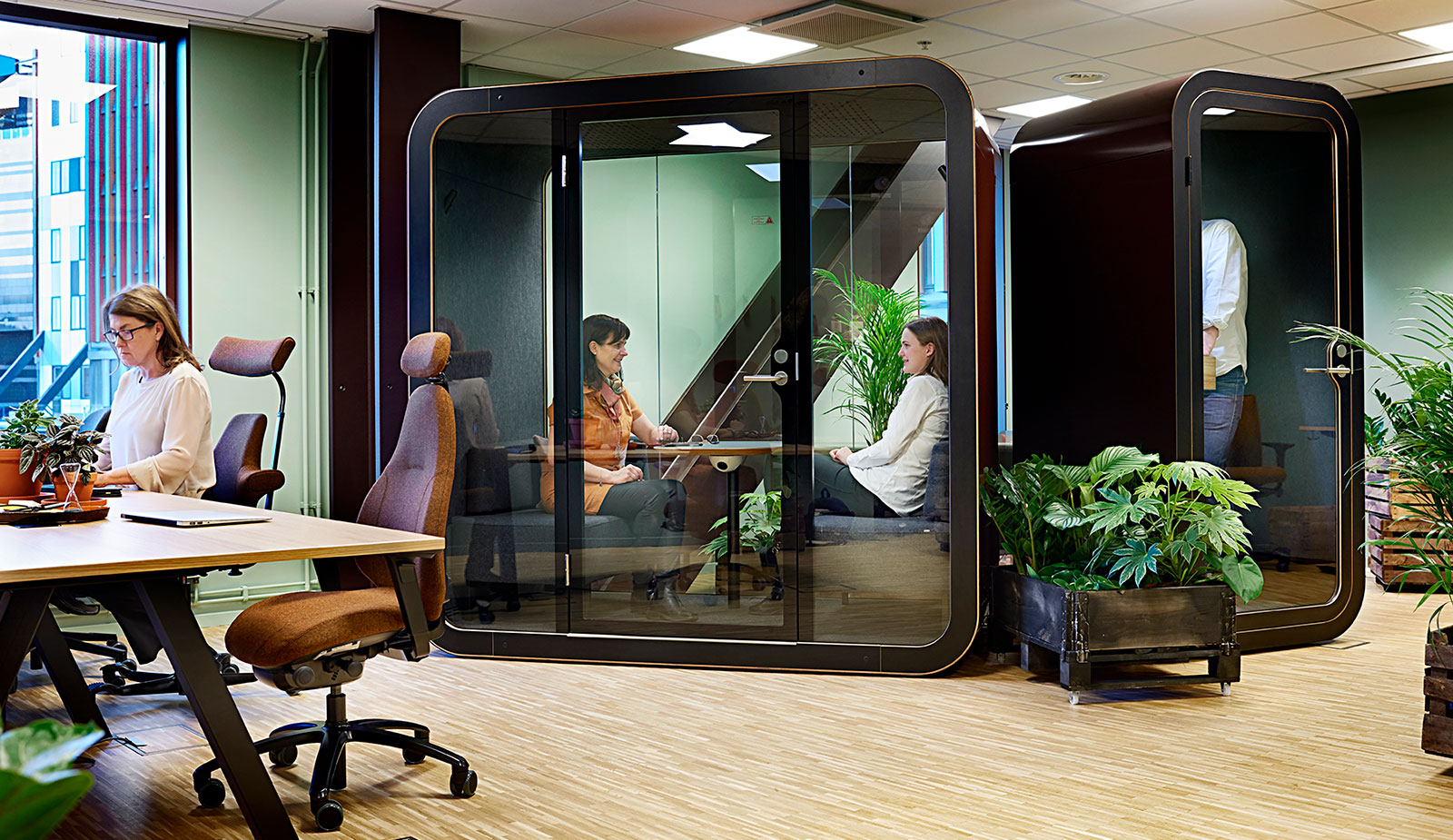
Creativity
Co-work spaces traditionally attract creative types, looking for external inspiration and connections. Whilst some challenge this notion, it is still clear that artistic workers make up a big percentage of co-work tenants, and the environment plays a big role in fostering innovation. The different work zones as outlined above should be designed to encourage these networking interactions, and enable workers to chat, share ideas, create a community, and ultimately collaborate on projects they are working on.
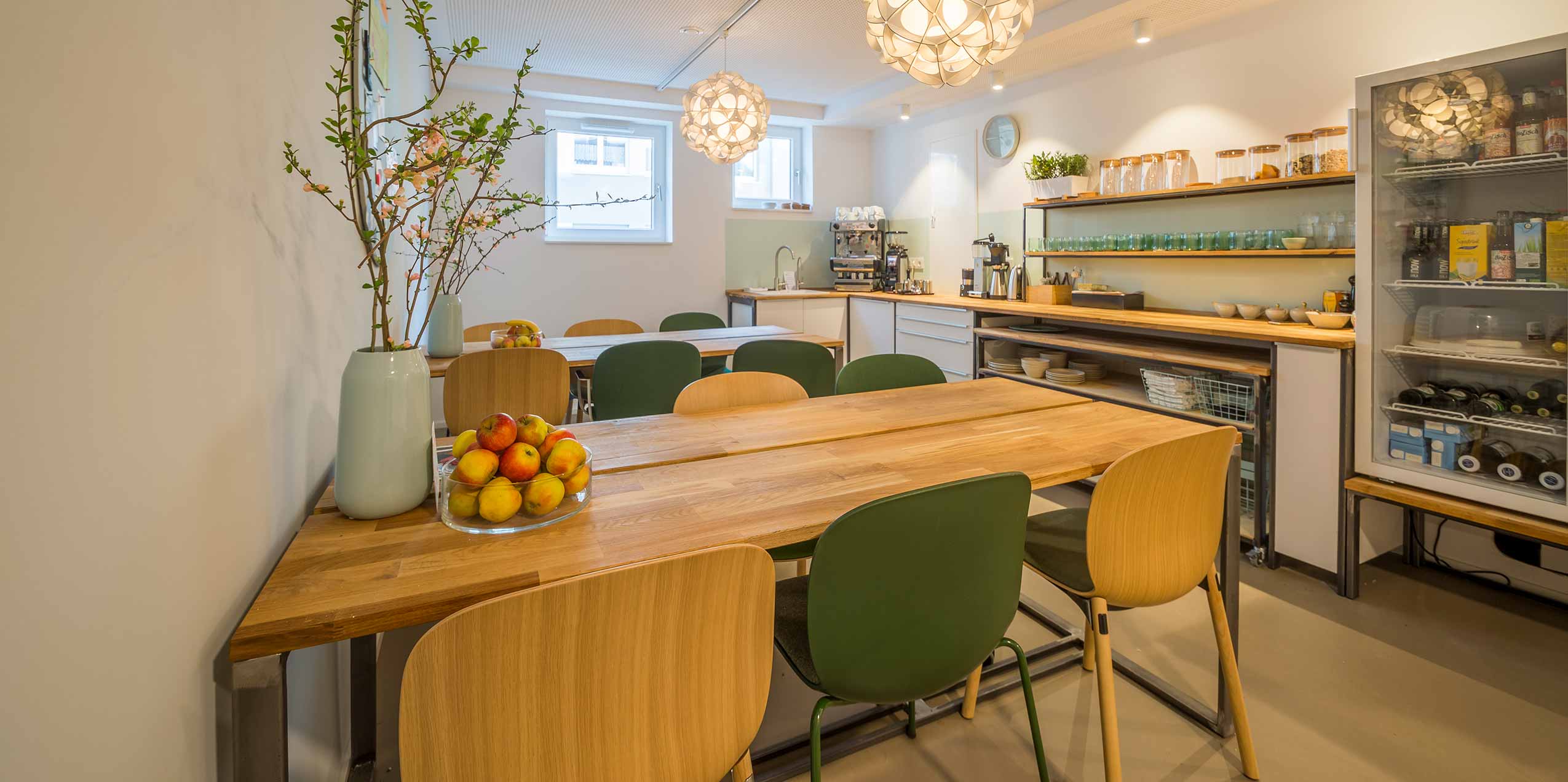
Design Tips:
1. ‘Collisionable’ Zones: Ensuring you have plenty of social areas, such as a games room or café, with plenty of seating and big tables, will help get people talking. 'Collisionable hours’, a term coined by Zappos CEO Tony Hseih, refers to the moments in time when you are more likely to have random encounters with people, leading to productive collaborations and the sharing of ideas. Ensure your office is designed to inspire as many of these moments as possible.
2. Where you place your social areas is also important. Steve Jobs famously designed his Apple offices with the social areas in the centre, making it accessible to everyone and increasing the likelihood of bumping into people on your way to and from your desk.
3. Quirky design: Interesting and unusual aesthetic elements help to get the brain thinking laterally. Installing quirky artwork or furnishings with distinct lines will help get the creative juices flowing, which is what a lot of co-working clients are looking for.
4. Creativity thrives in collaborative environments – check out our article covering a roundtable discussion all about designing for collaboration.
5. Personality: You can be quirky, you can be social, but if your space has no personality, it will fail. Make sure that your entire space is memorable, that it has an identity. Utilise the permanent features at your disposal, and make sure that your décor and fittings put across the identity you aim to achieve.
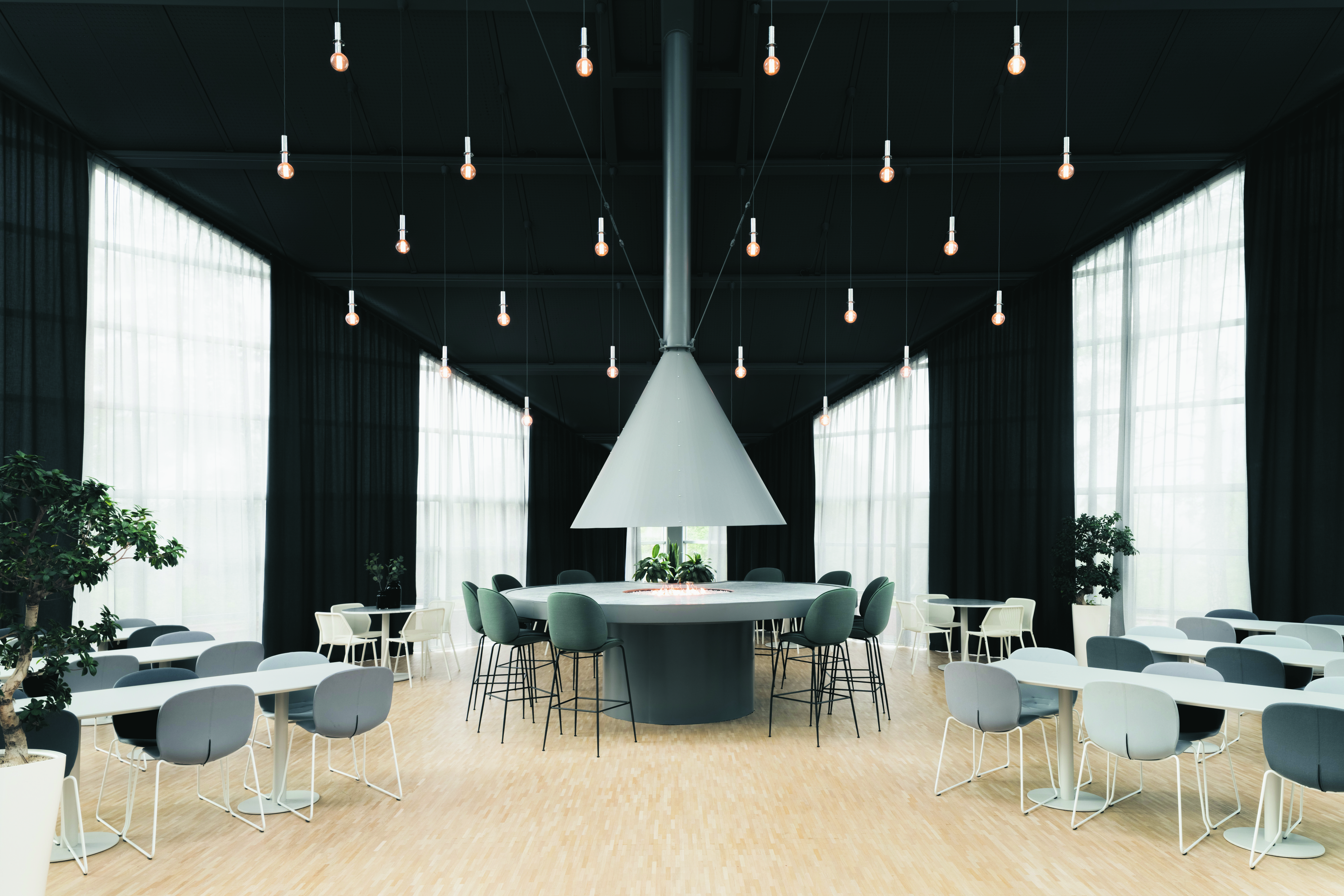
Concentration
Whilst many seek shared workspaces to make new connections and feed off the creative energy they house, we all need to get our head down and concentrate when necessary. Your co-work environment should cater for this, and include plenty of options for task-based, focused work. This means shutting off workstations from the open spaces, disrupting visual & audio lines, and providing solo desk space.
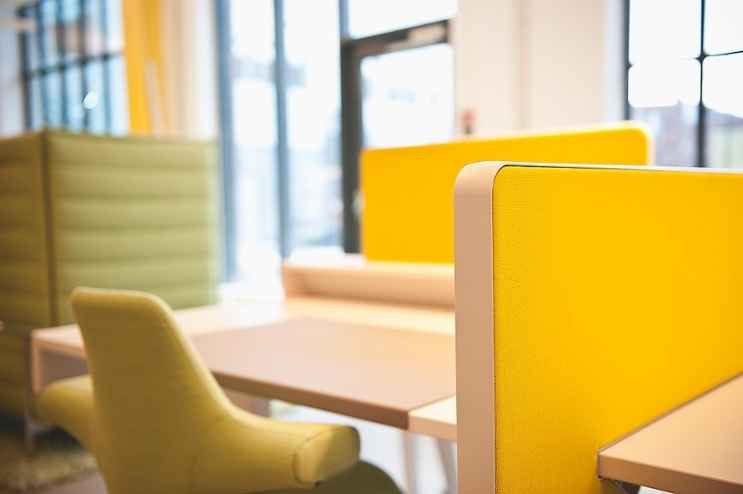
Design Tips:
1. Be creative in how you create privacy. Designed by Spanish studio SelgasCano, Second Home’s new Lisbon co-working centre is in an old market hall and features a large open plan room at its centre. They use plants to create the privacy for focused work. “we decided to give privacy and at the same time a better quality of air, placing 1,000 plants on the top of that big table…actually, the plants are the only thing that you notice when you enter the main space, even if 250 chairs, 100 lamps and 250 people are also hidden in between that densely occupied big 'greenhouse table'."
2. Interesting data from the Leesman Index highlights that desk-based, individual-focused work is still seen as the most important activity. It also highlights the chair as the 2nd most important physical feature, but only 67% of workers are satisfied with their seating. Installing quality furniture which cares for the comfort and wellbeing of the user, whilst also offering high performance, will help create a co-work space that maximises the tenants potential.
3. Install storage and lockers to keep confidential documents and personal effects safe whilst traversing the building. Phone booths for private conversations are brilliant additions, which not only help keep unwanted noise down (no one likes the super loud phone voice some people just have to use) but offers another chance to add a funky element to the environment.
If you have been designing a co-working space, we’d love to help. We have helped several co-working environments flourish across Europe.
Check out some of our latest products in our look book, which you can download for free or take at some of the projects we have worked on.
This might also interest you
Inspiring great work: How Mesh Community and Flokk are redefining the modern workspace
We explore how Mesh Community redefines workspaces—fostering creativity,...
Flokk’s design competition returns to Gothenburg
The second edition of our HÅG Capisco design competition sees four more...
Elevate your video calls with free high-quality background images
Download our curated collection of high-quality background images, perfect...